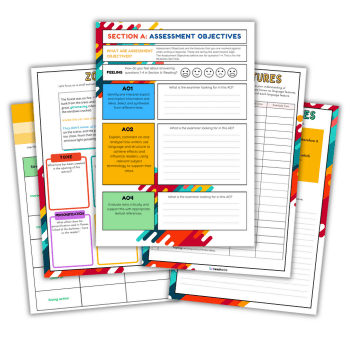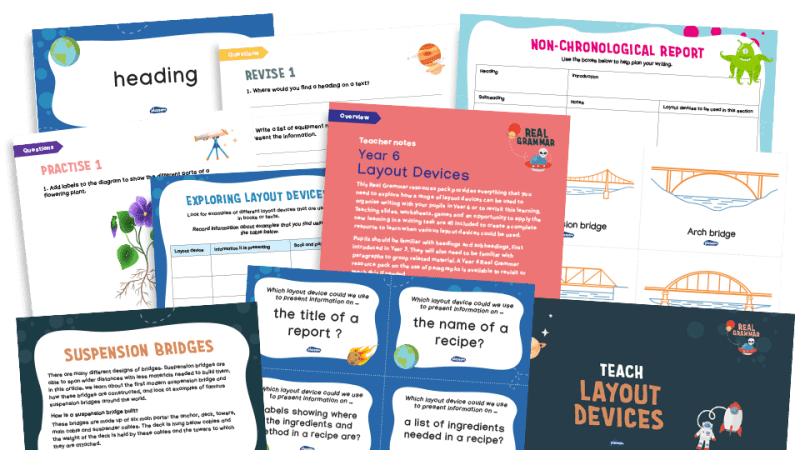The impact of eBooks

Whether they're turning pages or swiping screens, we should support and celebrate the ways young people choose to read, says Irene Picton…

- by Irene Picton

The positive impact of reading for enjoyment on young people’s learning and future career opportunities has long been evidenced in international and national research. Equally, young people’s comfort with, and familiarity around, technology is well recognised.
Access to, and ownership of, electronic devices such as smartphones and tablets is now widespread across all social backgrounds. In 2015, three quarters (75%) of children aged between five and 15 had a tablet in their home and 69% of 12 to 15 year-olds own a smartphone. So how can we harness the use of technology to benefit literacy?
The eight to 18-year-olds who took part in the National Literacy Trust’s annual literacy survey reported reading more on electronic devices than in print form for the first time in 2012, confirming the central role of technology in young people’s literacy lives. However, while much of young people’s screen time is spent socialising, watching videos or playing games (or watching videos of other people playing games!) access to portable electronic devices also provides them with the opportunity to read ebooks.
Given this preference, should schools be offering ebooks, as well as print books, to pupils? To date, published research on the impact of ebooks on young people’s reading motivation and skills shows little international consensus. However, a recent study by the National Literacy Trust evaluating the impact of an ebooks platform on pupils’ reading skills and motivation found that access to ebooks had a positive impact on pupils’ reading, in particular for boys that began the study with the very lowest levels of reading enjoyment.
The pleasure principle
Data gathered across more than 40 schools across the UK showed that reading using technology could be a particularly powerful tool in relation to increasing boys’ reading motivation. Over an average project period of just over four months, boys’ reading levels increased by an average of 8.4 months (girls made an average gain of 7.2 months). Attitudinal changes were also more pronounced for boys – twice as many felt reading was cool at the end of the project and the percentage that felt reading was difficult almost halved. For boys that began with the lowest levels of reading enjoyment, not only did the percentage who enjoyed reading on screen increase, but also the percentage who enjoyed reading on paper. In fact, this increased fourfold over the course of the project, suggesting that the opportunity to read ebooks may have opened up a wider world of reading for some pupils. Findings also suggest that reading using technology may be ‘another tool in the box’ for schools keen to encourage all children to read for enjoyment, but particularly those children that do not enjoy reading in paper form.
There are some compelling case studies showing that ebooks have been used successfully to encourage reluctant readers, regardless of gender, to give reading a try. Teachers and librarians have hailed the benefits both for less confident readers – one pupil, reading a Hi-Lo title, mentioned “No-one could see what I was reading” as a positive – and voracious readers, who may have already worked their way through the school’s print library. However, it is important to keep expectations realistic – a screen can’t, in itself, transform a reluctant reader into a bookworm overnight, and a significant percentage of young people prefer to read on paper, or don’t mind either way. A common attitude, expressed by pupils, is: “I like reading using paper because it feels more like ‘proper reading’ but using an electronic device is convenient and easy.”
Easy does it
Convenience is important – young people spend a lot of time on their devices outside school and it can be no bad thing to offer them the opportunity to read on them. Many school-oriented ebook platforms may be accessed both on and offline, via an app, allowing children to ‘borrow’ from the school’s digital library and read anywhere, anytime. Some school librarians also noted some unexpected benefits to including some ebooks in the library. For example, in schools with limited space, ebooks allow the library to expand beyond its physical shelf capacity; they also remove the need to chase up returns of ‘hard copies’ of books – an ebook’s loan period ends automatically – and digital titles don’t suffer from physical wear and tear. More importantly, by ‘renting’ ebooks for short periods, for example over a term or two, librarians can plan future rentals to reflect recent popularity; helping them to spend their budget more efficiently and creating an evermore bespoke library to suit the needs and preferences of their pupils.
For schools considering putting together a new digital library offering, it is important to research providers thoroughly, and remember that wifi, hardware, staff capacity and technical confidence will all be factors contributing to its success. It is also essential to involve pupils in the choice of ebook. As with print books, having a choice in what you read is a powerful motivator for children of all ages, and we are fortunate that a wide choice of popular titles are now available in digital format.
About the author
Irene Picton joined the National Literacy Trust in 2004 from a background creating events encouraging new audiences into reading. As a Project Manager with the Young Readers Programme, she has since managed literacy projects reaching tens of thousands of children and families across the UK. Irene has a keen professional interest in using technology to engage children in reading for enjoyment, and recently managed a UK-wide research study exploring the impact of ebooks on children’s reading skills and motivation.










